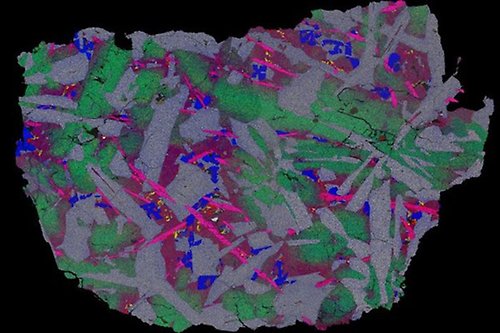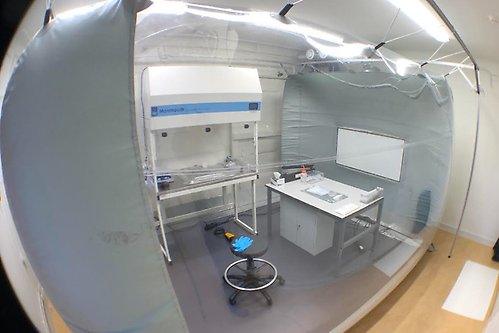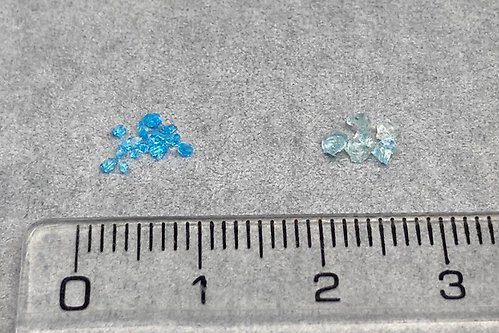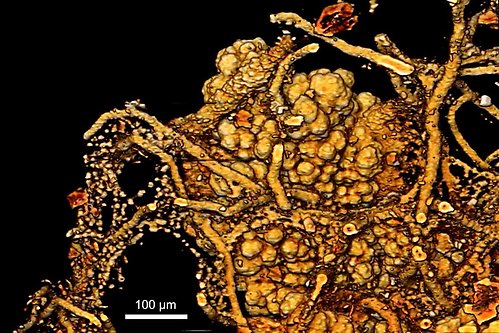Connections between Planetary Science and Earth's Evolution
Central Role at the Museum
Martin Whitehouse is a Professor and an isotope geochemist at the Department of Geosciences at the Natural History Museum (NRM). With in situ analysis through ion microprobes, his research is at the cutting edge.
– My role as the head of the NordSIMS ion microprobe facility involves overseeing method development, data reduction protocols, and quality assurance, explains Professor Whitehouse.
– The NordSIMS facility is a key component in the national research infrastructure NordSIMS-Vegacentre, and as a member of the steering committee, I play a significant role in the evaluation of external projects.
Research Efforts and Collaborative Projects
Martin Whitehouse's research spans several domains, from geology to planetary science.
– In my planetary research, I use the moon as a tool to delve into early Earth processes, understand how rocky planets differentiate over time, and the impact of meteorite strikes, he describes.
– On the geological front, my focus is on the chronology of continental crust formation, especially in ancient rocks from regions like West Greenland, northern Canada, Scotland, and Fennoscandia.
Additionally, his research aims to decipher the evolution of the supercontinent Gondwana through studies in the Arabian Peninsula and northeastern Africa.
Beyond his independent research projects, Whitehouse also spends considerable time collaborating with the radiation protection authority and the IAEA on nuclear safety analysis.
Beyond Research: Contributions to Geoscience
Aside from his role at the museum and his extensive research, Professor Whitehouse is an active contributor to the wider geoscience community.
– I serve as an editor for two leading international geoscience journals, he shares.
– Currently, I'm leading the Precryogenic Stratigraphic Subcommittee and am part of various committees under the Royal Academy of Sciences.
About Martin
- Current Position: Professor, Department of Geosciences, NRM; Director, NordSIMS Research Interests: Isotope Geochemistry, Planetary Science, Early Earth Evolution Education: Undergraduate - University of Cambridge, UK; PhD - University of Oxford, UK Career Milestones: Postdoctoral positions at the US Geological Survey and the University of Oslo; Researcher at the University of Oxford; Joined NRM in 1996
Contact details

Martin Whitehouse
Scientist
Geosciences
martin.whitehouse@nrm.se









